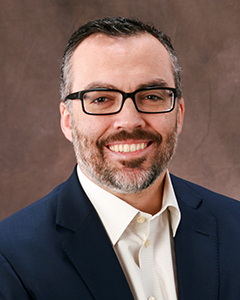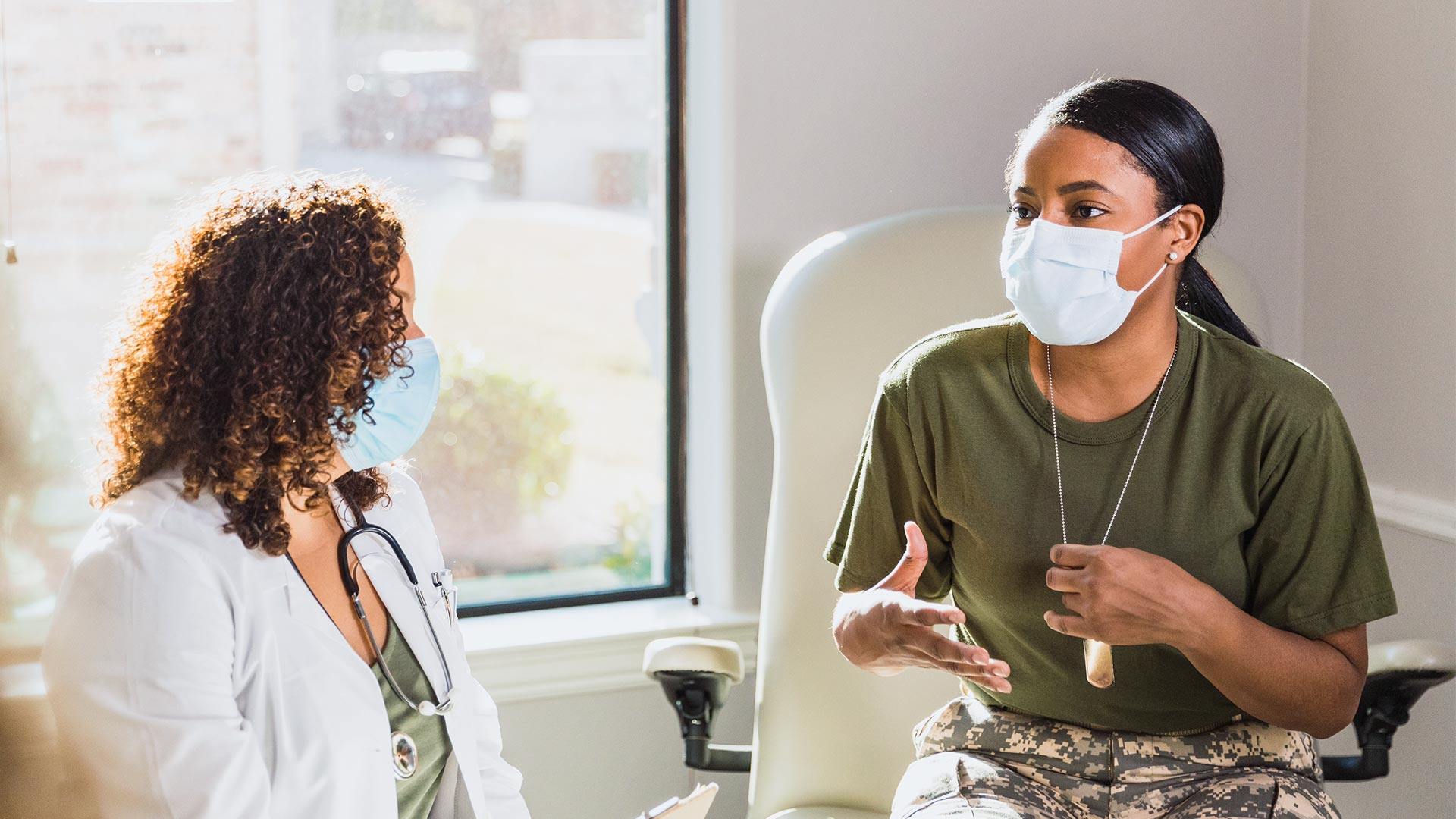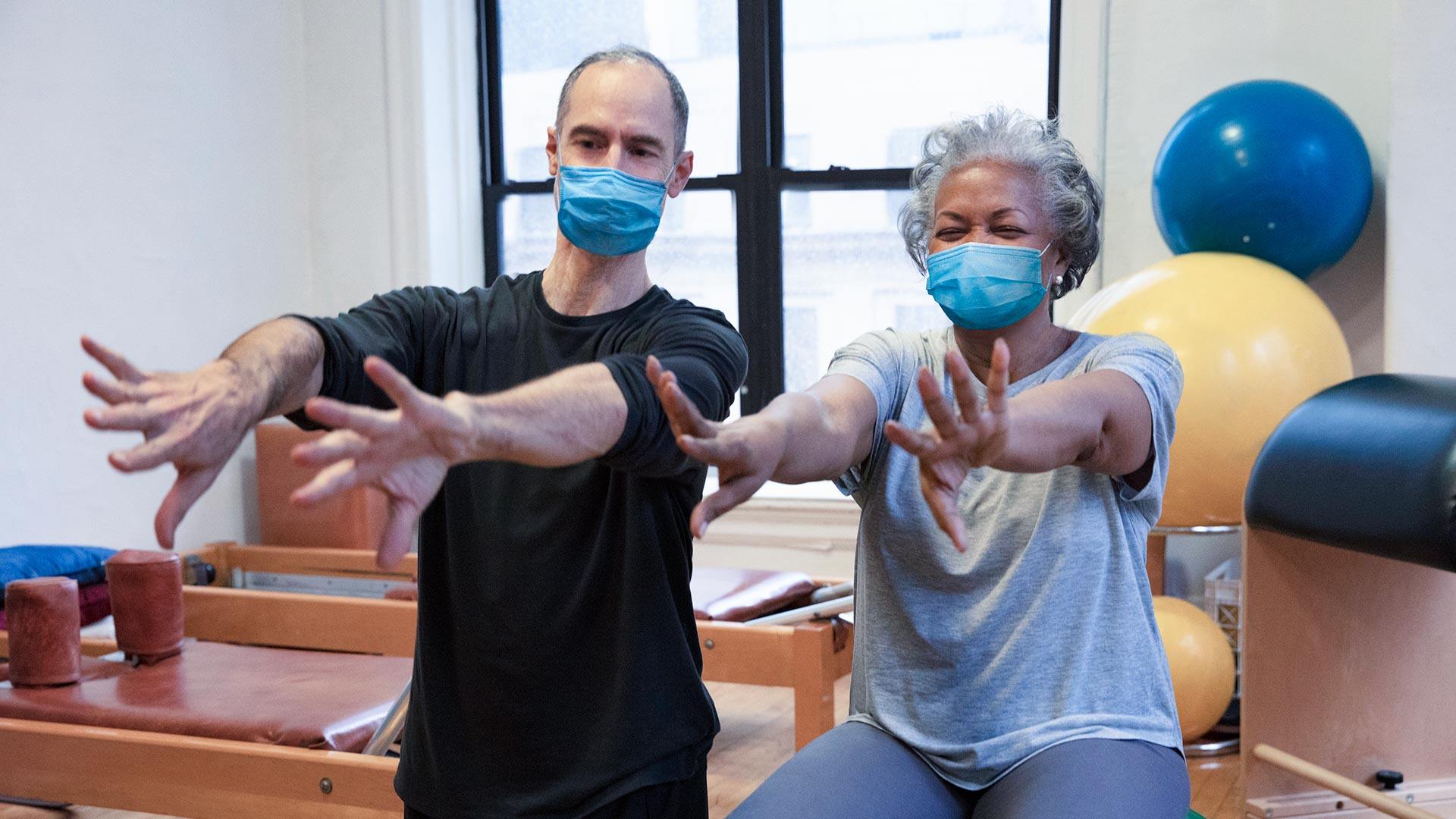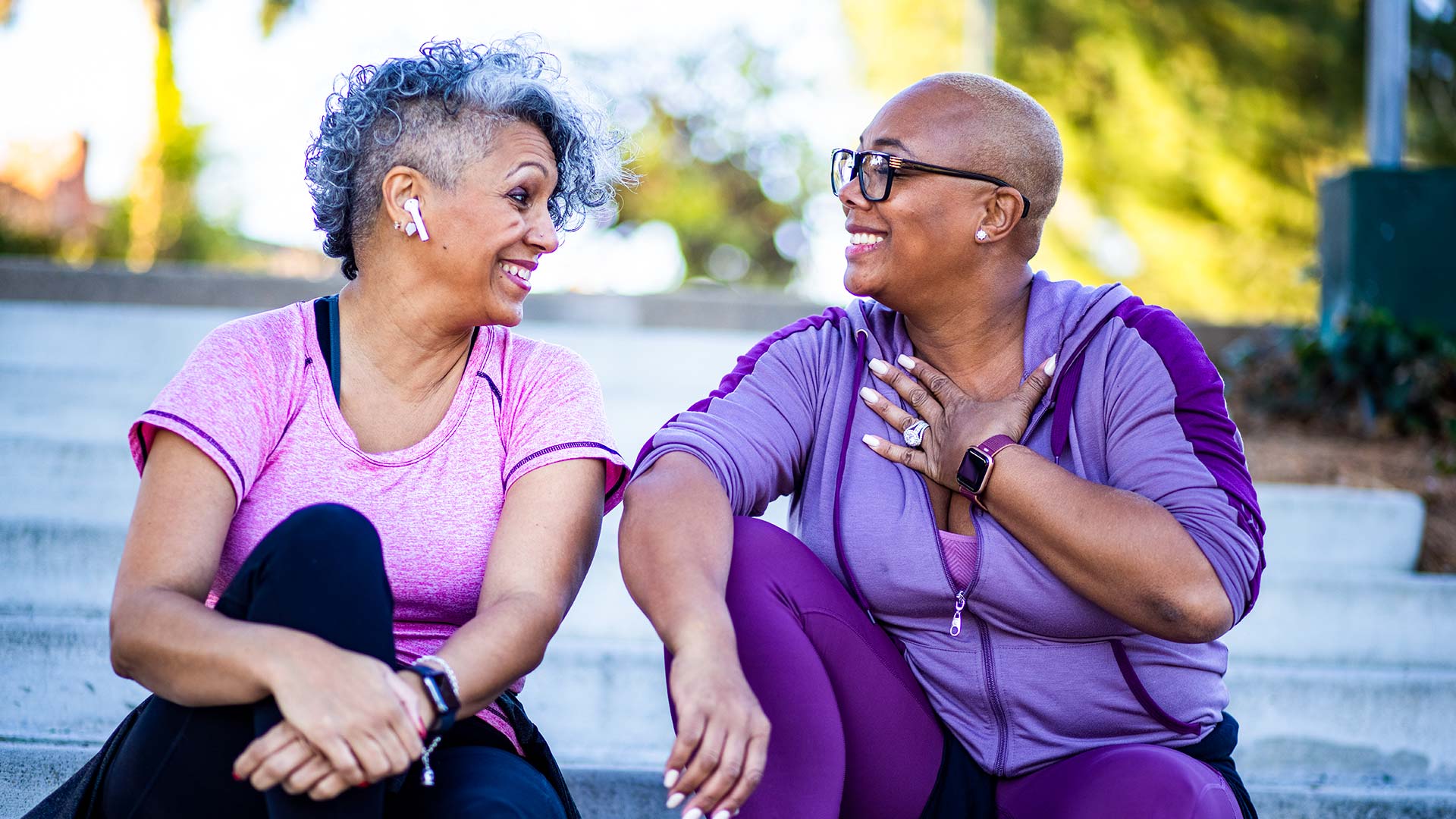It’s natural to lose hair. Hair sheds, just like skin. But when that shedding becomes noticeable, whether it’s multiple strands in the hairbrush, a thin spot on the scalp or a clump of hair in the shower, it’s time to figure out what’s going on.
About a third of women have hair loss, or alopecia, during their lives. And once women enter post-menopause, up to two thirds may have thin hair or bald spots.
Types of Hair Loss
Androgenetic alopecia is the most common type of hair loss for men and women and is caused by natural hormonal changes that occur with aging . In men, we call it male pattern hair loss, and it is evident by a receding hairline that may spread to baldness at the top of the head. Women rarely become bald, but they may notice thinning along the part line and general hair loss at the top of the head.
In women, androgenetic alopecia becomes more noticeable around menopause because hair loss can increase at that time. Hair loss increases with age, and is more likely if there is a family history of hair loss on either the maternal or paternal side. The hair loss occurs because the hair’s growing phase shortens, so it takes longer for hair to grow back. In addition, the hair follicle also changes, resulting in shorter and thinner hairs.
Female pattern hair loss can be classified into three types, according to the Ludwig Classification. Type I is thinning on the crown, but it can be hidden through hairstyles. Type II is less volume and thinning especially at the part. Type III is wide-spread thinning, with areas where the scalp can be easily seen through the hair.
Treatment for androgenetic alopecia includes medicines such as Minoxidil, which stimulates the hair follicle. Other techniques, such as wearing wigs or hair transplantation are options.
Alopecia Areata is hair loss that occurs in patches. Most common in children and young adults, it affects two percent of the population and is related to autoimmune issues. Treatment may include corticosteroids, Minoxidil and other medications to stimulate hair growth. However, a dermatologist may be the best source to identify the cause for the hair loss.
Telogen Effluvium is hair loss that occurs generally around the head and may be caused by several reasons, but stress is the most common underlying factor. Other culprits include crash diets, high fever, major surgery, postpartum hair loss, infection and certain medications. Once the cause of the hair loss is identified and mitigated, hair growth usually resumes as normal.
Damaged hair follicles can lead to hair loss. Infections, autoimmune diseases and radiation therapy can damage the scalp and hair follicle. Some hair styling practices, such as tight braids, curling irons and chemicals can break the hair and damage the follicles. Treatment of traumatic alopecia begins by altering the hair style to bring less stress to the hair. Medicines Minoxidil may be prescribed to regrow hair, and biotin supplements may strengthen hair. For hair follicles that are too damaged to allow hair to regrow, hair replacement may be a possibility.
If your hair is not the crowning glory you would like it to be, talk with your doctor about what is contributing to your hair loss, and what can be done about it.
We Build Relationships
We believe that maintaining a healthy lifestyle is the key to living a longer, healthier life. Orlando Health Physicians strive to build a relationship with each patient. Request an appointment with one of our primary care physicians with offices located throughout Central Florida.
Schedule an Appointment










